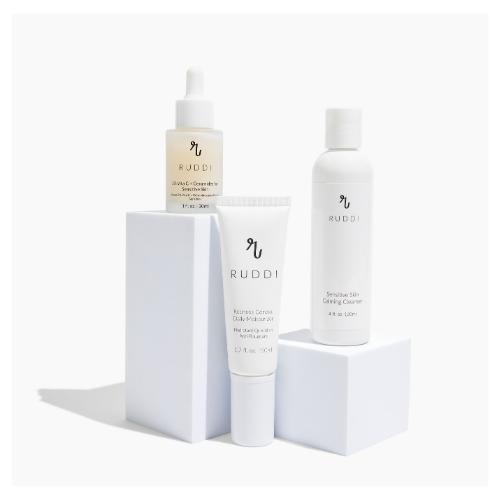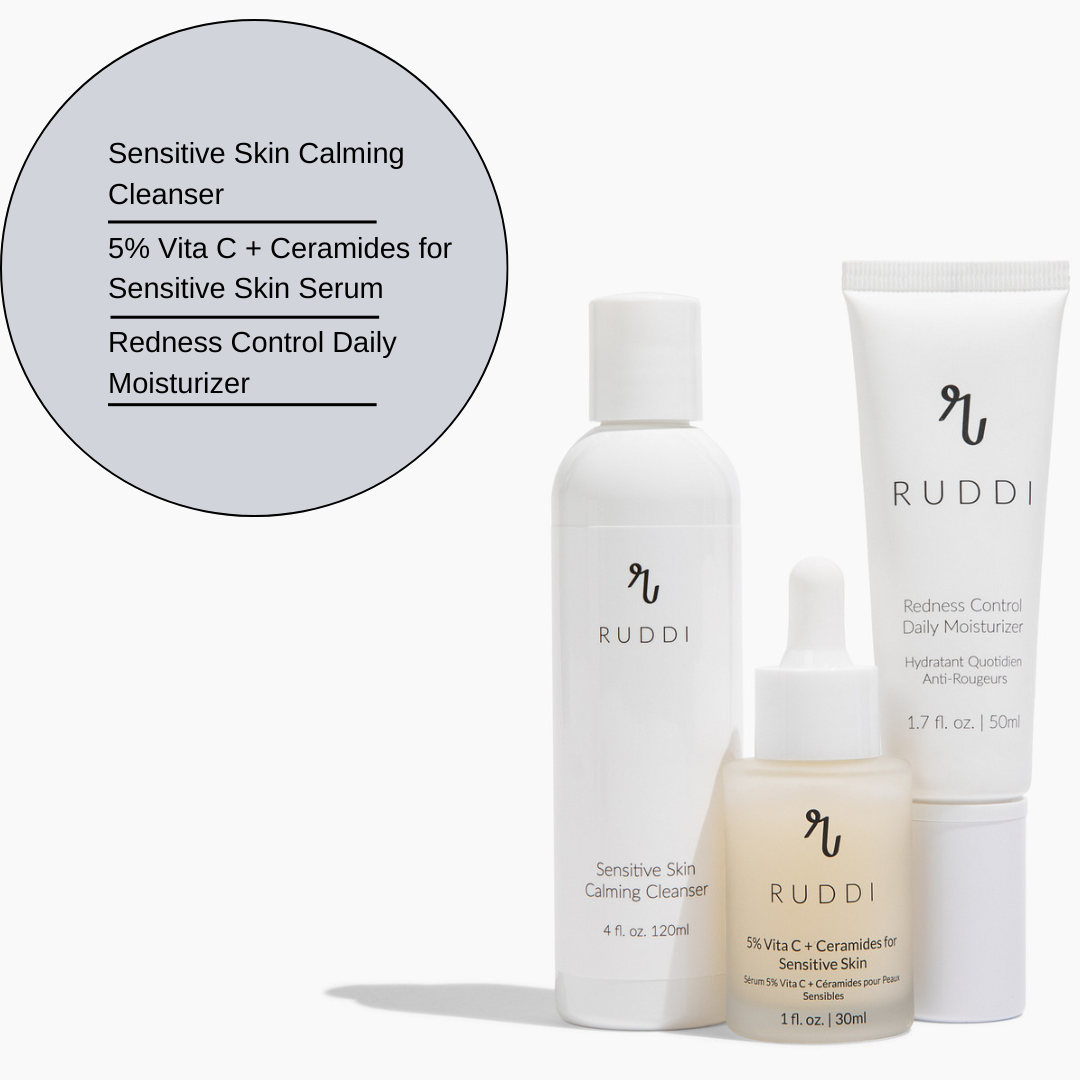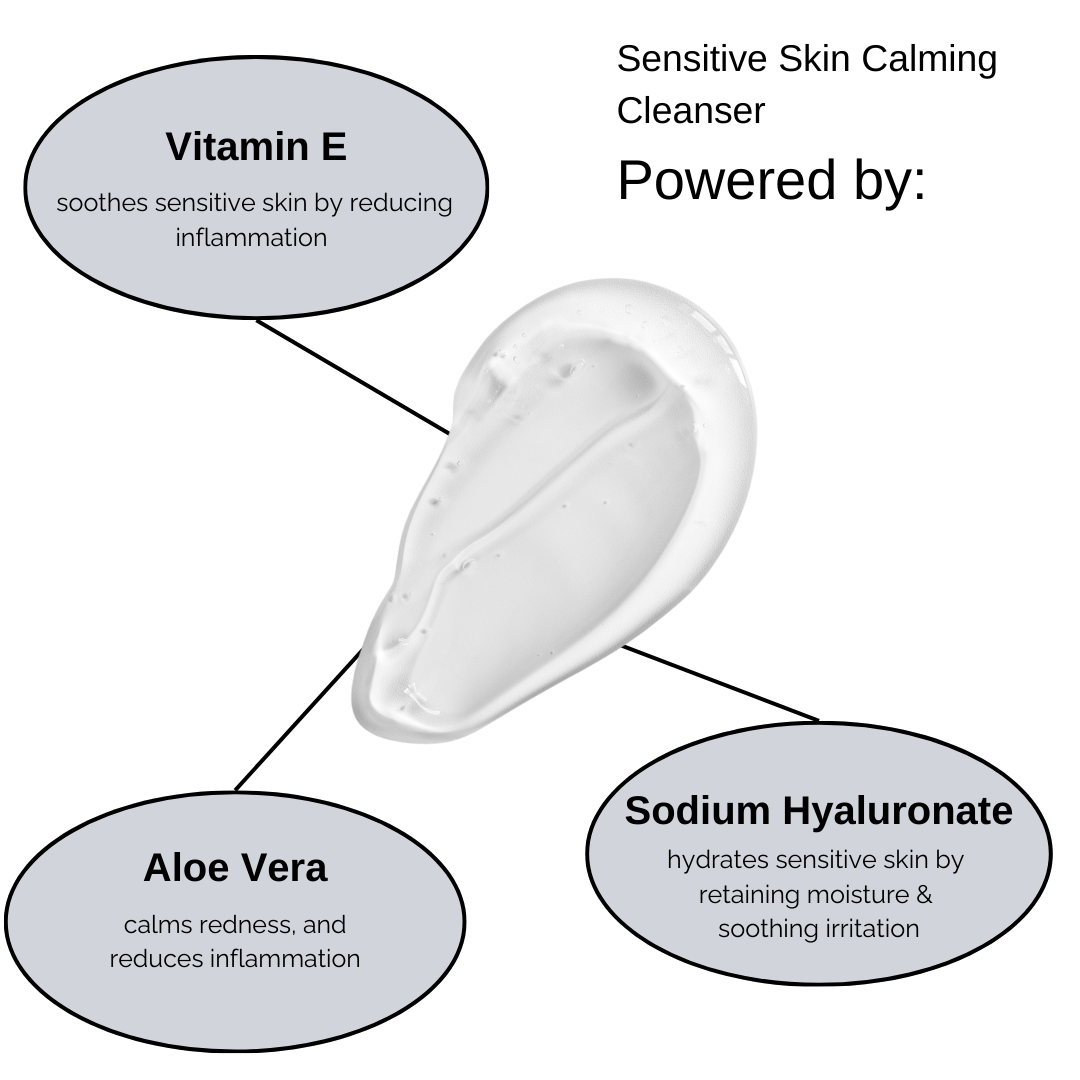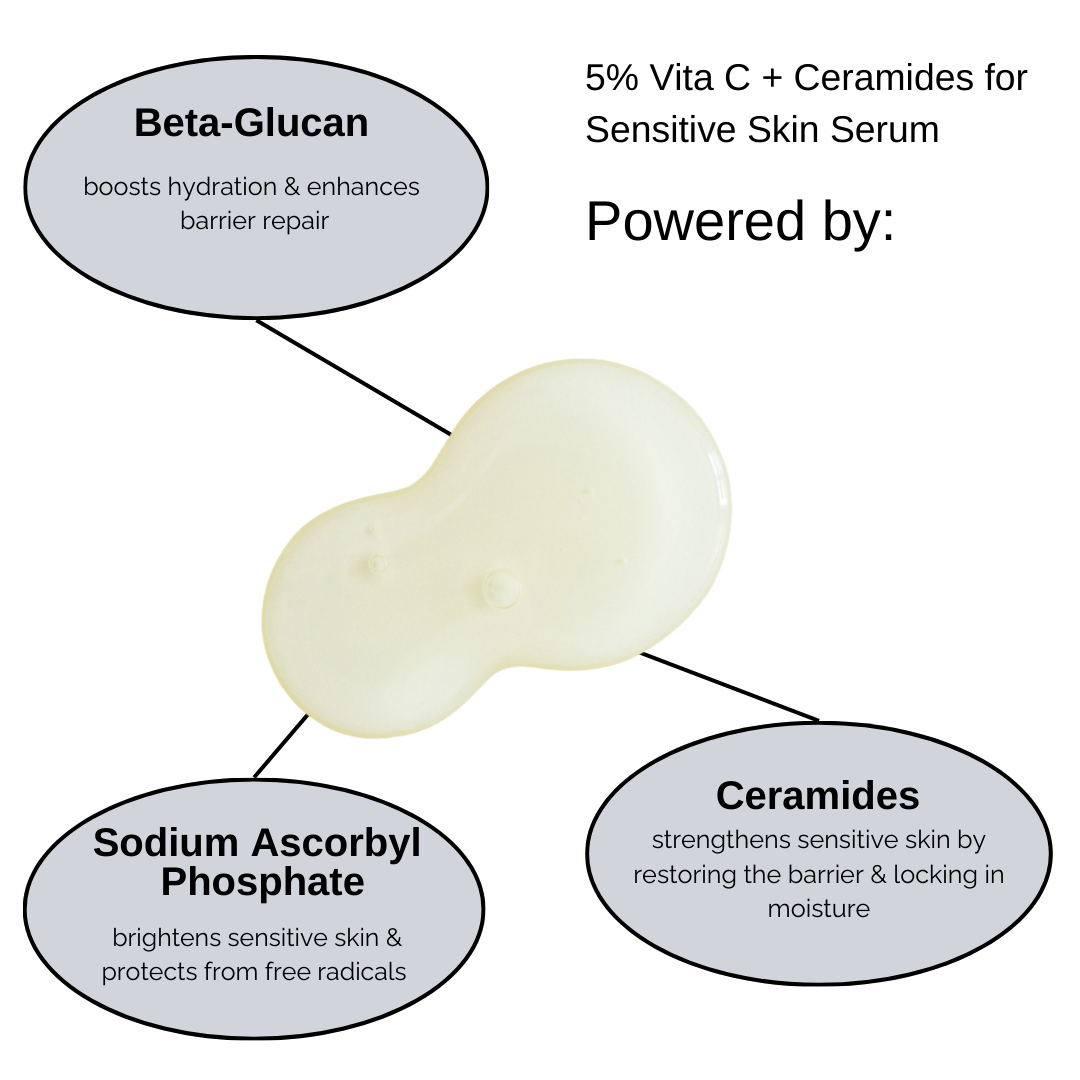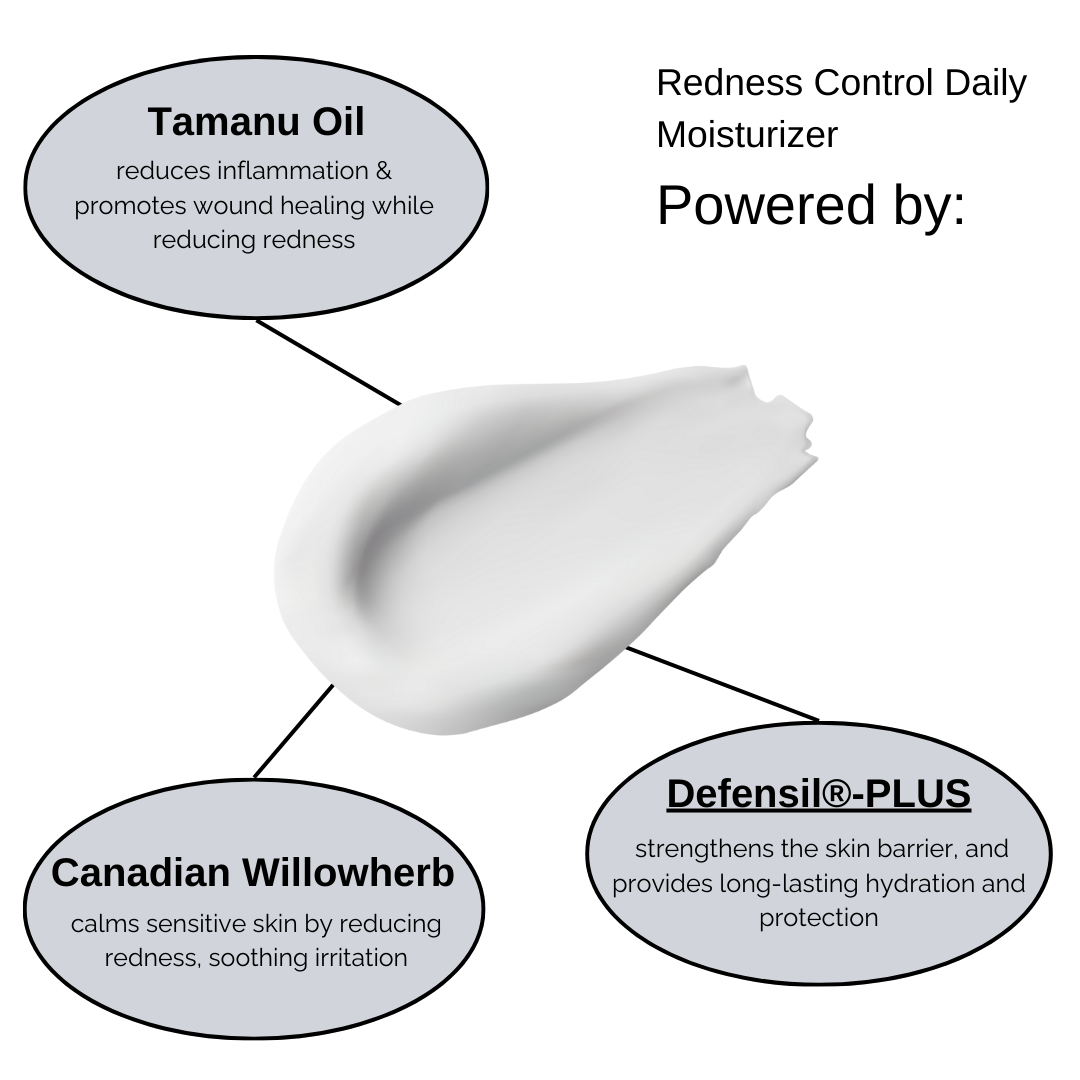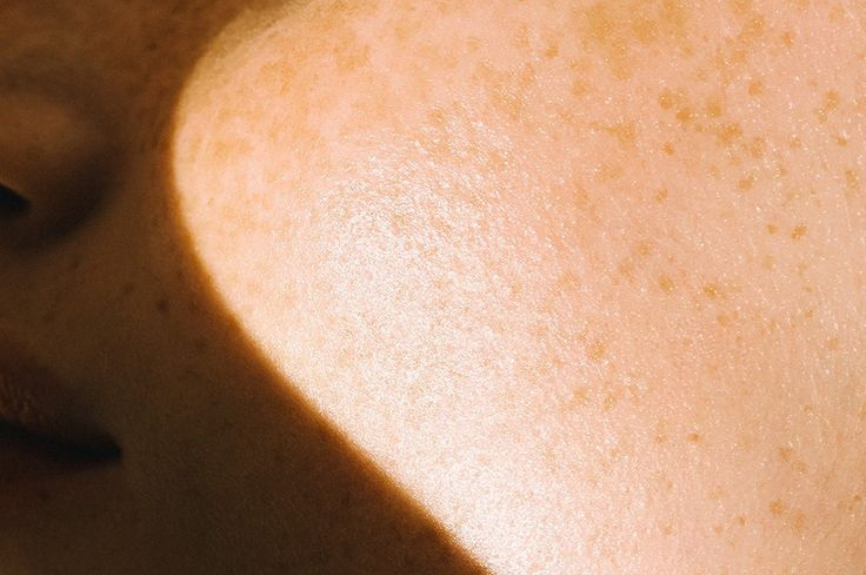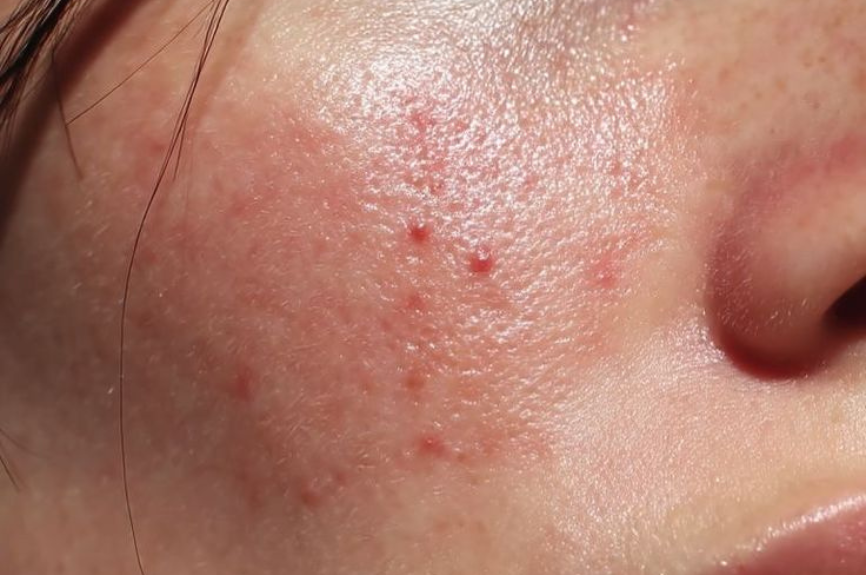
Your sensitive skin’s winter survival guide
When temperatures drop, your skin doesn’t just feel different — it functions differently. Cold air, indoor heating, and low humidity all strip away moisture and weaken your skin barrier, making sensitive skin even more reactive. If your face feels tight, flushed, or flaky in the winter months, you’re not imagining it — your skincare routine needs a seasonal update.
Here’s how to transition your routine to keep your sensitive skin calm, comfortable, and radiant all winter long.⸻
-
Switch to a Gentle, Creamy Cleanser
Winter isn’t the time for foaming cleansers that can leave skin feeling squeaky-clean. These formulas often contain surfactants that disrupt your skin barrier — the outer layer that keeps moisture in and irritants out.
What to do instead:
-
- Choose a cream or milk cleanser that removes dirt without stripping natural oils.
- Avoid strong exfoliating cleansers with glycolic acid or microbeads.
- Rinse with lukewarm water, not hot, which can worsen redness and dryness.
Pro tip: Look for soothing ingredients like panthenol, oat extract, or ceramides to help reinforce your barrier with every cleanse.
-
Add a Barrier-Reinforcing Serum or Treatment
If you have very sensitive skin, your barrier likely needs extra support in the winter. Think of this step as giving your skin an extra layer of armor.
Key ingredients to look for:
-
- Azelaic Acid – helps calm redness and gently exfoliate without irritation.
- Niacinamide – supports barrier function and reduces sensitivity over time.
- Centella Asiatica (Cica) – known for its soothing, anti-inflammatory properties.
Apply your serum after cleansing and before moisturizer, when your skin is still slightly damp to lock in hydration.
-
Swap Your Lightweight Moisturizer for a Richer Cream
Even if you prefer gel moisturizers in the summer, your skin needs more cushioning now. Winter air pulls moisture from your skin faster, and without a proper barrier, it can lead to flaking and inflammation.
Look for:
-
- Ceramides and fatty acids to rebuild the lipid barrier.
- Squalane or shea butter for deeper hydration.
- A fragrance-free formula to minimize the risk of reactions
-
Layer an Occlusive at Night
To seal everything in, finish your PM routine with a balm or ointment over your moisturizer. This creates a physical barrier against transepidermal water loss (TEWL).
Good occlusive ingredients include petrolatum, lanolin, or silicone-based balms. For a natural option, squalane or jojoba oil works beautifully for sensitive types.
-
Cut Back on Exfoliation
In winter, less is more. Over-exfoliating can cause micro-tears and irritation when your skin barrier is already vulnerable.
-
Try this instead:
- Limit exfoliation to once a week (or skip it entirely if you’re experiencing redness).
- Swap physical scrubs for mild PHA or azelaic acid formulas that are gentler.
- Always follow with moisturizer immediately after exfoliating.
- Don’t Forget Sun Protection
Even in the winter, UV rays can damage your skin and worsen sensitivity. Snow and ice reflect sunlight, increasing exposure.Choose a mineral SPF 30+ with zinc oxide or titanium dioxide — they’re less likely to irritate sensitive skin. Make it the final step of your morning routine, every day.

